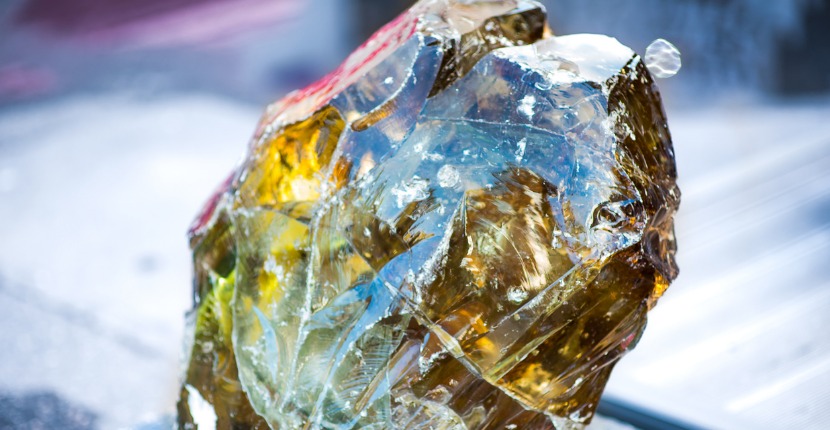A crystal, or at least what appears to be a crystal, still causes excitement from an incredibly rare meteorite found in Siberia. Even with all the scientific knowledge that mankind has amassed over the centuries and our ever-increasing understanding of the universe, scientists still find things once in a while that come as a total surprise.
Some years ago scientists found a small piece of a mineral that was created shortly after our solar system, some four and half billion years ago. The mineral was brought to Earth by the Khatyrka meteorite, which landed in Eastern Siberia.
The mineral, itself, was less interesting for its sheer age than for its structure. It possessed an atomic structure that we have never before found in nature, although it has been created in laboratory settings. It was referred to as a quasicrystal, because from the exterior it resembles a crystal, but its interior is a whole other matter.
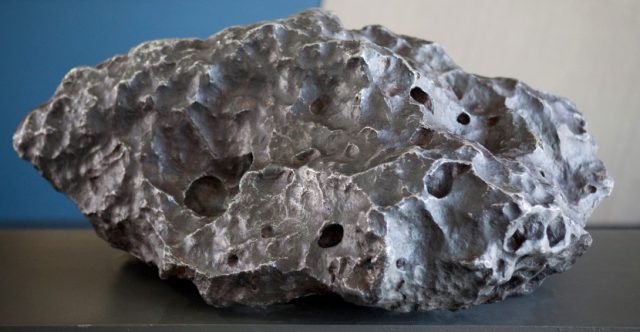
What makes a crystal, well, a crystal, is the fact that its atoms are arranged in very consistent and predictable structures that are like lattices, and those structures just keep repeating themselves. The quasicrystal, however, had ordered lattices, but they weren’t consistent and identical. Instead, they were arranged in a variety of different configurations, which should be impossible in a natural substance based on our understanding of the science.
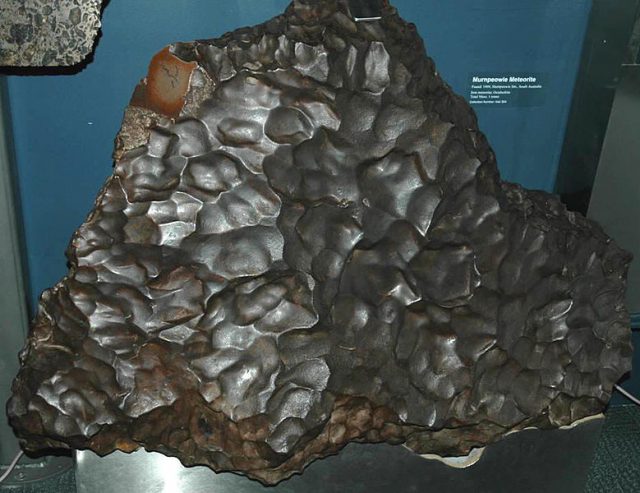
There are plenty of scientists who doubted such quasi crystals could be found in nature, despite their having been successfully created in labs since the early 1960, but Paul Steinhardt, at theoretical physicist from Princeton University, isn’t one of them. Who found the sample and studied it. He and his team did an extensive study of the mineral and tried to work out how such a thing might have been formed on Earth, but eventually were forced to conclude that it had to have been carried here from somewhere off the planet.
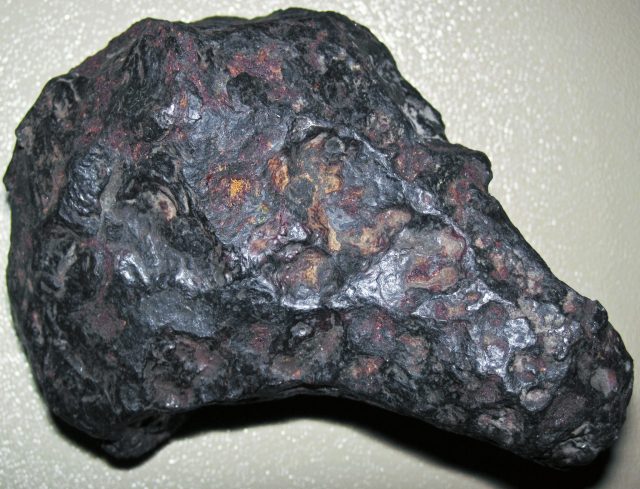
It was reported by the International Business Times that, according to Boris Shustov, the head of the Institute of Astronomy at the Russian Academy of Science, it’s not that unusual to find new minerals embedded in meteorites, since they’re not formed under the same conditions as mineral are formed on Earth.
Steinhardt’s team agrees. As the result of their research strongly suggested that the formation of this unnatural quasicrystal could only happen under astrophysical conditions. The team found that this new mineral was embedded in another, known mineral called stishovite. Stishovite comes from meteorites, and it was surrounding the quasicrystals, both minerals had to have been created at about the same time, under a high-pressure process in the meteorite before it landed on the planet. Another critical clue that the quasicrystal wasn’t from here is the fact that the ratio of oxygen isotopes found in the mineral aren’t consistent with any similar ratio found on Earth.
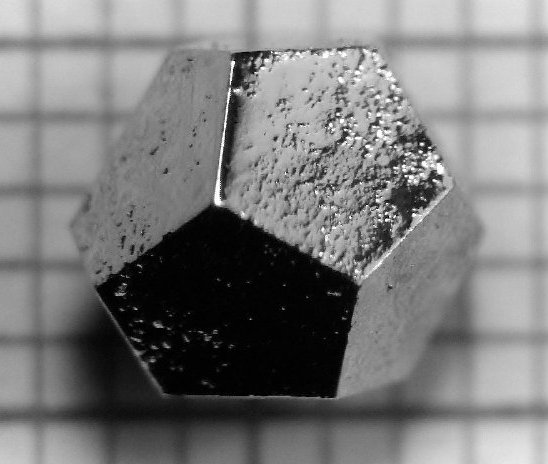
Steinhardt was quoted as saying, “The finding is important evidence that quasicrystals can form in nature under astrophysical conditions, and provides evidence that this phase of matter can remain stable over billions of years”.
His team went to Siberia to try to find more samples to study, and were able to obtain fresh samples from the meteorite. Even with the new samples, finding quasicrystal is very difficult, because they are so small. The team did eventually find two other such quasicrystals, the second one being discovered five years after starting their analysis of the samples they had obtained. All three of the quasicrystals they found had its own unique molecular structure.
Pieces of the Khatyrka meteorite are being studied by other teams of scientists, for other purposes, as well. Chi Ma, the Director of the Geological and Planetary Sciences division’s analytical facility at Caltech, has also had a team studying samples from the find, in search of new minerals from space. Ma and his team have been given the credit for having discovered about 7% of all the new minerals that have been discovered from meteorites around the world, and, in fact discovered 35 previously unknown new minerals from the same meteorite.
One of the things that makes this particular lump of space rock such a rich source of new finds is that it contains a large amount of naturally-occurring aluminum which hasn’t oxidized, it’s the first meteorite ever found in which that’s the case. All three of the quasicrystals found by Steinhardt and his team are a mix of aluminum, iron, and copper.
Related Article: Extraterrestrial Mineral Harder than Diamonds Discovered in Israel
If there’s any larger lesson to be learned from these discoveries, especially of this meteorite crystal, it’s that the universe is much more diverse than we know and that what we understand as the laws of science may only apply on our small planet.
